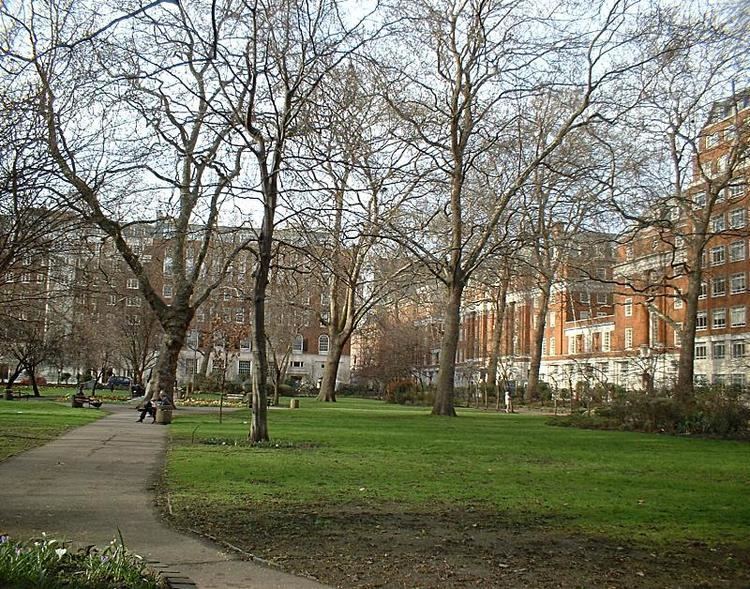Phone +44 20 7974 1693 | ||
 | ||
Hours Open today · 7:30AM–7:30PMMonday7:30AM–7:30PMTuesday7:30AM–7:30PMWednesday7:30AM–7:30PMThursday7:30AM–7:30PMFriday7:30AM–7:30PMSaturday7:30AM–7:30PMSunday7:30AM–7:30PMSuggest an edit | ||
London streets 450 tavistock square gordon square new cavendish street
Tavistock Square is a public square in Bloomsbury, in the London Borough of Camden.
Contents
- London streets 450 tavistock square gordon square new cavendish street
- 7 7 inquest tavistock square bus footage
- History
- 2005 London bombings
- Public art
- Buildings
- References
7 7 inquest tavistock square bus footage
History
Tavistock Square was built in the 1820s by the property developer James Burton and the master builder Thomas Cubitt for Francis Russell, 5th Duke of Bedford, and formed part of the Bedford Estate in London, owned by the Dukes of Bedford. The square is now owned and administered by the London Borough of Camden. The square takes its name from Francis Russell, Marquess of Tavistock, whose title dates to 1694 when his ancestor was Lord Lieutenant of Tavistock, a market town in Devon, also part of a Bedford estate. Marquess of Tavistock is a courtesy title given to the eldest sons of the Dukes of Bedford.
In 1920 the Tavistock Clinic was founded in the square, a pioneering psychiatric clinic whose patients included shell-shock victims of the First World War. In 1946 the Tavistock Institute of Human Relations separated from the Tavistock Clinic. The Tavistock Clinic has since moved to Hampstead and the Tavistock Institute to Islington.
2005 London bombings
Tavistock Square was the scene of one of the four suicide bombings on 7 July 2005. The bomb was detonated by 18-year-old Hasib Hussain on a double-decker bus bearing route number 30; it had been diverted from its normal route along Euston Road because of traffic disruption by the other three bombings at tube stations. The bomb exploded immediately outside the British Medical Association building, many of whose staff came out to give what help they could. The explosion killed 13 passengers, plus Hussain himself. Many others were injured.
On the occasion of the first anniversary in 2006, the Department for Culture, Media and Sport announced that the square would be the site of the permanent national memorial. A memorial garden is to be laid out in part of the existing garden and the BMA has commissioned a commemorative sundial.
Public art
The centre-piece of the gardens is a statue of Mahatma Gandhi, sculpted by Fredda Brilliant and installed in 1968. The hollow pedestal was intended, and is used, for people to leave floral tributes to the peace campaigner and nonviolent resister to oppression in South Africa and British rule in India.
A cherry tree was planted in 1967 in memory of the victims of the atomic bombings of Hiroshima and Nagasaki.
A generation later, in 1994, the Conscientious Objectors Commemorative Stone commemorating "men and women conscientious objectors all over the world and in every age" by Hugh Court was unveiled.
These three features have led to the square unofficially being regarded by some as a peace park or garden, and annual ceremonies are held at each of these memorials.
A bust of the writer Virginia Woolf, cast from a 1931 sculpture by Stephen Tomlin (1901–1937), was unveiled in 2004 at the southwest corner of the square. Woolf lived at 52 Tavistock Square between 1924 and 1939. From there she and her husband Leonard Woolf ran the Hogarth Press, which became a prominent and influential publisher at the forefront of modernist fiction and poetry (publishing T.S. Eliot, E.M. Forster and Katherine Mansfield among others) and translating the works of Sigmund Freud into English. Their house was destroyed by a bomb in October 1941 during the London Blitz. The south side of the square where Woolf lived is now occupied by a hotel.
The square also contains a bust of the surgeon Dame Louisa Aldrich-Blake.
Buildings
The following buildings are on Tavistock Square:
